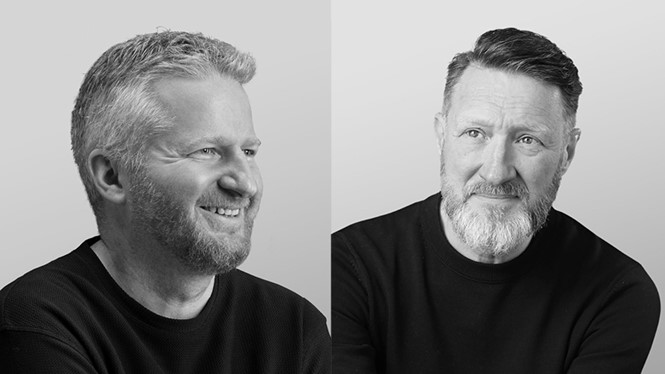The dynamics of modern design

Landor & Fitch’s president of APAC, Jonathan Cummings, and former CCO, Tim Greenhalgh, discuss how modern design can reflect the needs of contemporary society, business and brands in Asia today.
Design today is more complex, dynamic and responsive than ever before. But in many respects, design in 2022 is as it's always been: bringing beauty and solving problems in equal measure. For the most part, design done well creates a fundamental transformation of a brand’s impact (relevance) and the visceral response and preference of the target audience (difference).
Design has always been an expression of the zeitgeist as well as a progressive and innovative vision of the future. To achieve this, the best design must be human centric; indeed life centric, recognising the needs of society and the planet at large, whilst understanding the individual in detailed and empathetic ways.
Modern design must also manage many paradoxes - we expect reassurance and excitement, familiarity and surprise, resonance and magic - from big ideas that capture the collective mood, to the small details that can sometimes go unnoticed, but make a huge difference to our lives.
In this respect, we all respond to the function and emotion of modern design.
The function of design - intentional and purposeful '...by design'
The emotion of design - makes you respond and react '...because of design'
Our world has been transformed by technology, by pandemic, by politics, by war and by much needed and welcome social and environmental awareness. As such we are visually, verbally and audibly exposed to more and more news, opinion, challenges and prevailing thought each day. If we are not careful this can be exhausting and chaotic. All of this this creates a heightened expectation of how a brand shows up.
Whereas before we stood back and admired well-designed brands, we now expect to lean in and interact; from swiping a screen to customising our product choices. We want to be more involved and influential, and we hope the brand is responsive enough to satiate this desire. We increasingly expect brands to be innovative, adaptive, and socially conscious. As such, brands can no longer be rigid and fixed.
The landscape in which brands exist is constantly morphing and design plays a critical role. This has been brought into sharp relief by the emergence of tech-savvy Gen Z and the emerging attitudes of Gen Alpha, who use brands and technology to navigate in the physical and virtual worlds. It’s been highlighted by ‘walk-outs’ on brands than miss the mark with their behaviours or attitudes towards prevailing social, environmental or political views.
Asia is a dynamic, complex, exciting, diverse and highly cosmopolitan part of the world. As brands move necessarily towards a more organic and dynamic existence powered by major shifts in technology, society and the natural world, this more fluid state presents real challenges and opportunities for the future of design…and its delivery.












